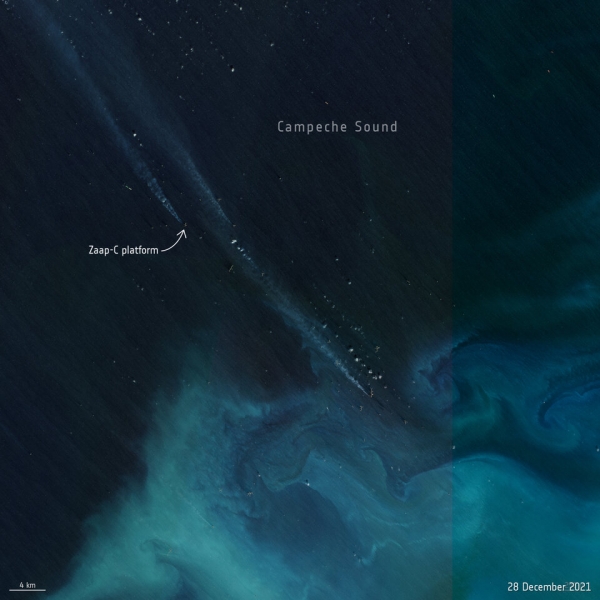Methane is the second most abundant anthropogenic greenhouse gas after carbon dioxide yet is more than 25 times as potent as carbon dioxide at trapping heat in the atmosphere, within a 100-year time period. The mitigation of methane emissions from fossil fuel extraction, processing and transport is one of the most effective ways to slow global warming.
Satellite-based methods have proved instrumental for the detection and quantification of these type of emissions. However, despite the rapid development of satellite-based methane plume detection methods over land, there is still an important observational gap regarding emissions coming from offshore oil and gas operations – which accounts for roughly 30% of global production.
This is mostly due to the low reflection of water in the shortwave infrared wavelengths used for methane remote sensing. This limits the amount of light reaching the sensor which, subsequently, makes it difficult to distinguish methane emissions.
Continue reading at European Space Agency
Image via European Space Agency


